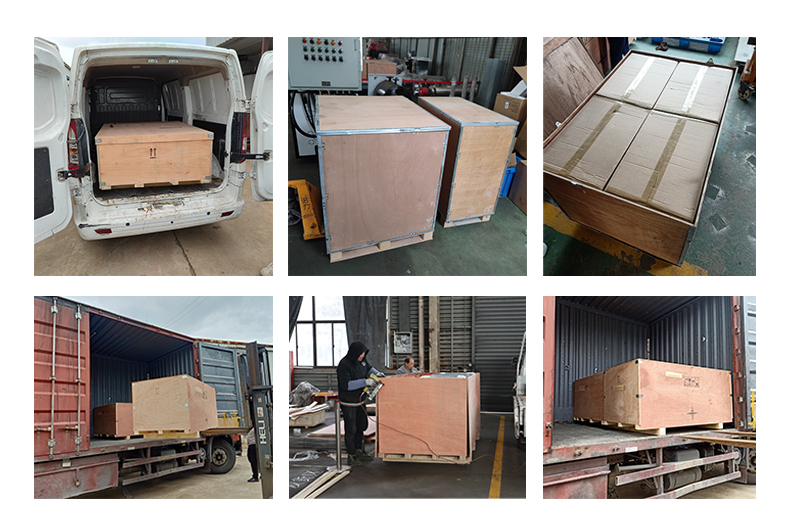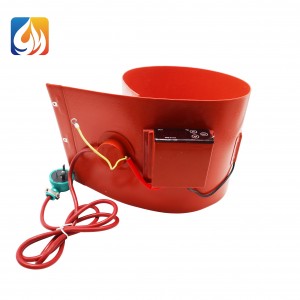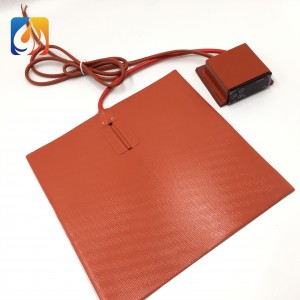Industrial electric 110V imported material C-shaped silicone rubber heater
Technical Parameters
| Technical Parameters | |
| Size | Rectangle (Lenght*Width), Round (Diameter), or provide the drawings |
| Shape | Round, Rectangle, Square, any shape according to your requirement |
| Voltage Range | 1.5V~40V |
| Power density range | 0.1w/cm2 - 2.5w/cm2 |
| Heater size | 10mm~1000mm |
| Thickness of Heaters | 1.5mm |
| Using temperature range | 0℃~180℃ |
| Heating Material | Etched nickel chrome foil |
| Insulation Material | Silicone Rubber |
| Lead wire | Teflon, kapton or silicone insulated leads |
Features
* The silicone rubber heaters have advantage of thinness, lightness and flexibility;
* The silicone rubber heater can improve heat transfer, accelerate warming and decrease power under the process of operation;
* Fiberglass reinforced silicone rubber stabilizes the dimension of heaters;
* The silicone rubber heater's max wattage can be made for 1 w/cm²;
* The silicone rubber heater's can be made for any size and any shapes.
Product Advantage
1.3M gum
2. The shape can be customized
3. Heating in the air, the highest temperature is 180℃
4. USB interface, 3.7V battery, thermocouple wire and thermistor can be added
(PT100 NTC 10K 100K 3950%)
Accessories for Silicone Rubber Heater
Construction: Silicone heaters are made by sandwiching a resistive heating element (usually a nickel-chromium wire or etched foil) between layers of silicone rubber. The silicone rubber serves as both the insulating material and the outer protective layer.
Resistance Heating: When an electric current is applied to the resistive heating element within the silicone heater, it generates heat due to resistance. The resistance of the heating element causes it to heat up, transferring thermal energy to the surrounding silicone rubber.
Uniform Heat Distribution: Silicone rubber has excellent thermal conductivity properties, allowing the heat generated by the heating element to distribute evenly across the surface of the heater. This ensures uniform heating of the target object or surface.
Flexibility: One of the key advantages of silicone heaters is their flexibility. They can be manufactured in various shapes, sizes, and thicknesses to conform to the contours of complex surfaces or objects. This flexibility makes them suitable for applications where traditional rigid heaters are impractical.
Temperature Control: Temperature control of silicone heaters is typically achieved using a thermostat or temperature controller. These devices monitor the temperature of the heater and regulate the power supplied to maintain the desired temperature level.
Overall, silicone heaters are versatile, efficient, and reliable heating solutions suitable for a wide range of industrial and commercial applications.
Application of Silicone Rubber Heater
Certificate and qualification


Product packaging and transportation
Equipment packaging
1) Packing in imported wooden cases
2) The tray can be customized according to customer needs
Transport of goods
1) Express (sample order) or sea (bulk order)
2) Global shipping services












